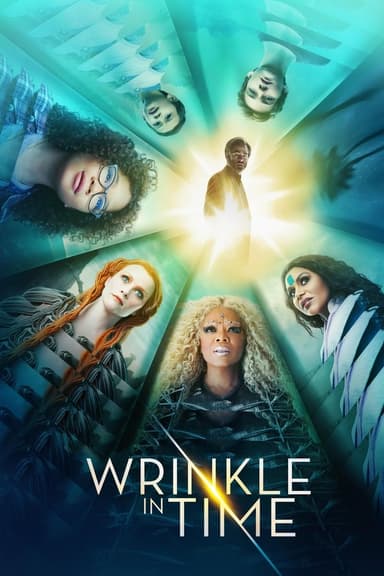
The Young and Prodigious T.S. Spivet
2013 • Adventure, Drama, Family • PG
A 10-year-old child prodigy cartographer secretly leaves his family's ranch in Montana where he lives with his cowboy father and scientist mother and travels across the country on board a freight train to receive an award at the Smithsonian Institute.
Runtime: 1h 45m
Why you should read the novel
Before streaming or rewatching the film The Young and Prodigious T.S. Spivet, experience its source: The Selected Works of T.S. Spivet by Reif Larsen. This uniquely illustrated novel - overflowing with maps, marginalia, and scientific sketches - puts you directly inside T.S.'s brilliant mind, something no screen can fully capture.
Reading the book unlocks richer backstory, deeper humor, and a more poignant exploration of grief, curiosity, and American landscapes. Larsen's novel blends adventure, coming-of-age introspection, and hands-on science in a way that satisfies readers seeking the definitive source material behind the movie.
If you want the fullest T.S. Spivet experience, read the novel first. It is perfect for fans of illustrated fiction, cartography, Smithsonian lore, and inventive storytelling. Discover why Reif Larsen's The Selected Works of T.S. Spivet remains the essential book behind the film.
Adaptation differences
Format and voice: Reif Larsen's novel is heavily illustrated, with diagrams, footnotes, and margin notes that map T.S.'s thoughts in real time. The film translates this into whimsical visuals and 3D setpieces, but necessarily loses the intimate, annotation-driven storytelling that makes the book feel like a scientific field journal kept by a prodigy.
Focus of achievement: In the book, T.S. is recognized for cartography and meticulous scientific illustration; the Smithsonian does not realize he is a child. The film emphasizes showier invention and media spectacle, turning the award into a public-relations circus that shifts attention from mapmaking craft to headline-friendly marvels and televised pageantry.
Tone and character depth: The novel spends more time inside T.S.'s interior world and grief over his brother, balancing curiosity with melancholy. The movie keeps the core loss but softens edges with broader humor, faster pacing, and a family-friendly, fairy-tale vibe typical of Jean-Pierre Jeunet, streamlining side characters and motivations.
Structure and ending: On the page, the cross-country journey expands into digressions, field notes, and a substantial family-history thread discovered en route, lending the book a layered, exploratory structure. The adaptation trims or compresses these detours, adds a caricatured PR foil at the museum, and resolves events more neatly, favoring a heartwarming reunion over the book's more open-ended, reflective close.
The Young and Prodigious T.S. Spivet inspired from
The Selected Works of T.S. Spivet
by Reif Larsen










